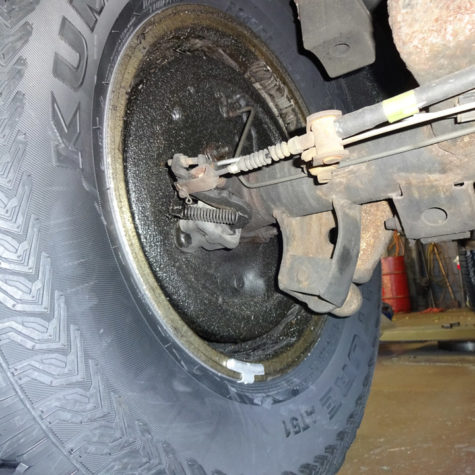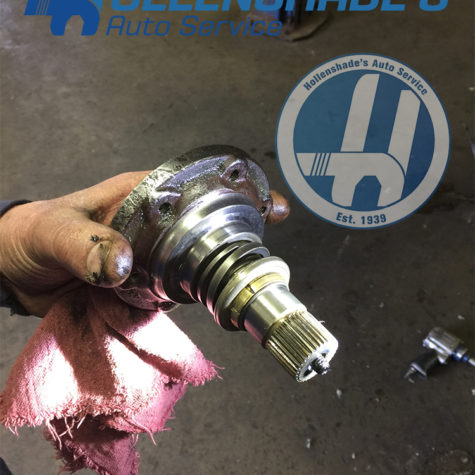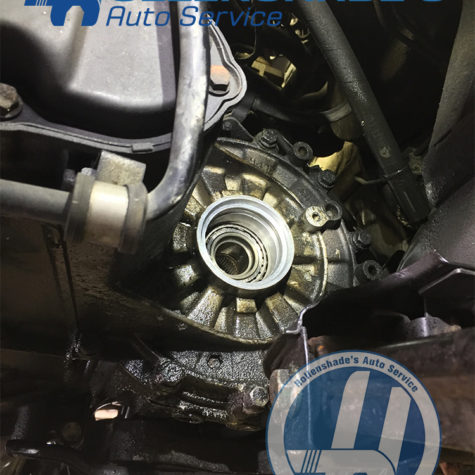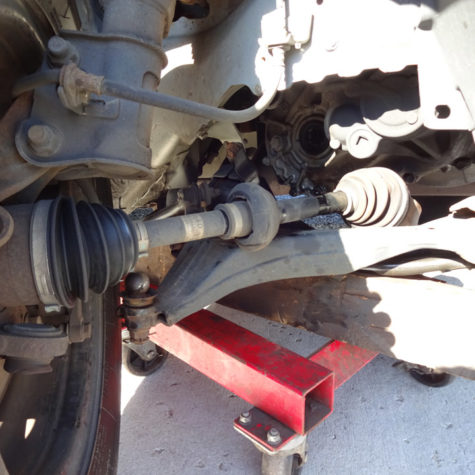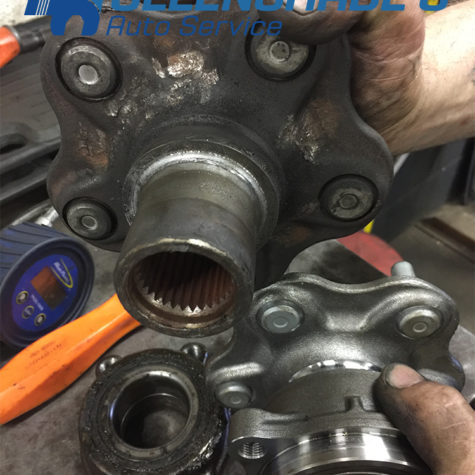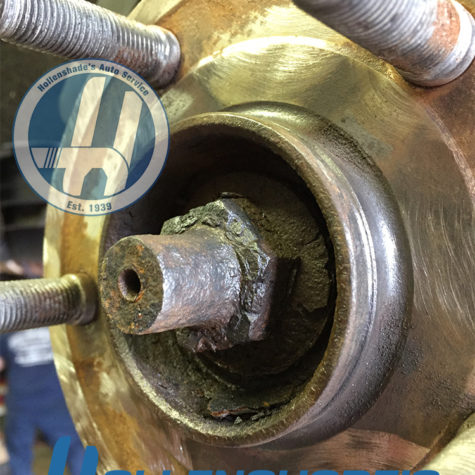|
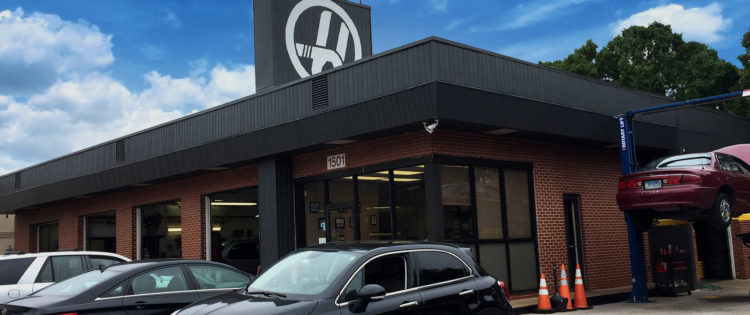
Advanced Driver Automatic Safety (ADAS)
ADAS stands for Advanced Driver Automatic Safety. This is a term that encompasses a number of safety, stability and control systems integrated to modern vehicles. While the design of these systems is largely manufacturer specific, there are only a select handful of sensor and actuator component suppliers. With varying integrations, the foundation of these new features largely remains the core ABS drivers have grown accustomed to.
ADAS Calibration
There are two ways for an ADAS system to be calibrated. One method involves using targets mounted to a fixture at precise distances form the sensors. The targets have patterns, that are usually vehicle specific, the camera recognizes or that can reflect the beam. The re-calibration process is initialized with a scan tool. The other method that is proving promising is dynamic calibration, more simply referred to as “self-learning” systems. The self-learn process still requires activation with a scan tool and and sometimes predefined test drive scenarios.
Cameras Under Glass
Most higher-level vehicles equipped with ADAS have a camera mounted behind the windshield for features such as lane departure, automatic braking and even autonomous steering. If the windshield is replaced as part of a repair, some of the sensors may need to be re-calibrated. A trained professional will need to use a scan tool to verify operation and calibrate the camera using the correct procedures and proper tooling. This applies even if the camera was NOT replaced.
Steering Angle Sensor
If a vehicle has ABS and stability control, it most certainly has a steering angle sensor somewhere on the steering column. This sensor supplies data that is core to the proper performance of most all the ADAS functions. If data from the steering angle sensor is not plausible or missing, it will deactivate almost every active safety system on a vehicle.
Lane Departure Warning
Abbreviated LDW on most dash boards, lane departure warning is one of the most common of the newer ADAS features. Lane Departure Warning (LDW) is a driver assistance system designed to prevent accidents by alerting the driver when the vehicle is drifting out of its lane. It works by using cameras or sensors to monitor the vehicle’s position in the lane, and if it detects the vehicle drifting out of the lane without signaling, it will emit a warning sound or vibration to alert the driver. LDW is particularly useful for drivers who may be fatigued, distracted, or inexperienced, as it can help them stay focused on the road and prevent accidents. LDW is a standard feature in many modern vehicles and has been shown to be effective in reducing accidents caused by lane departures.
Collision Avoidance
Collision Avoidance is a critical component of the Advanced Driver Assistance Systems (ADAS) technology that is becoming increasingly popular in modern vehicles. It uses sensors, cameras, and other technologies to detect potential collisions and automatically applies the brakes or takes other corrective actions to prevent or minimize the impact of a collision. Collision Avoidance systems are designed to help drivers avoid accidents in a variety of scenarios, including front and rear-end collisions, lane changes, and blind spot monitoring. The system can also detect and alert the driver of potential obstacles in the road, such as pedestrians, animals, or debris. As the number of vehicles on the road continues to increase, and distractions become more common, the importance of Collision Avoidance as part of the ADAS system cannot be overstated. It has the potential to save lives and reduce injuries, making driving safer and more enjoyable for everyone.
Blind Spots Sensing
Blind-spot monitoring on late-model vehicles is often the first exposure to ADAS we have as drivers. Most use lights in the side mirrors or pulse-sense (i.e. seat or steering wheel) for communicating to the driver an object is in the blind-spot. Usually, blind-spot systems have sensors located on each side of the rear bumper cover. The sensors use a low-energy radar to determine the presence of objects nearby. Excessive dirt and buildup, damage, or a body shop painting over the sensor lens can hinder its performance. When the vehicle’s computer senses an issue with the system, it can present a message to the driver via the information display and also store a diagnostic code in the computer’s memory.
For more information, contact us today!



